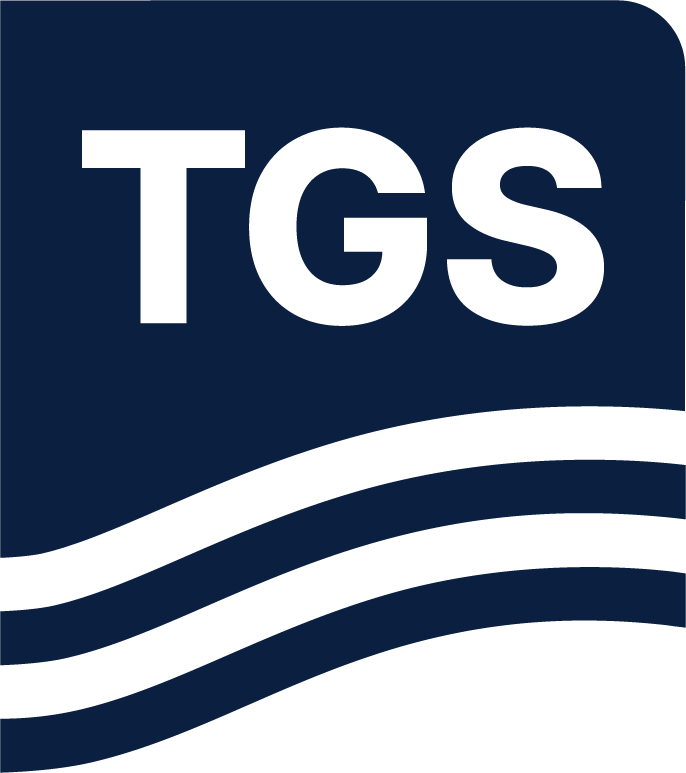Ultra-long offset sparse Ocean Bottom Node (OBN) acquisition delivers full-azimuth coverage and long offsets, which are crucial for leveraging Full Waveform Inversion to resolve complex subsurface geology. However, these high-profile surveys come with significant operational costs, making it essential to find an optimal balance between cost efficiency and FWI benefits. In this study, we investigate various shooting strategies based on real large-scale sparse OBN surveys, focusing on the performance of Dynamic Matching FWI through both synthetic and real field data experiments. Our results demonstrate that reducing sail line density in the outer shot halo beyond 10 km and reallocating resources to extend the shot halo aperture is an effective approach. This strategy enhances operational efficiency while maintaining FWI performance.
Technical Library

